When you’re new to driving, some features quickly blend into your routine without much explanation—and your vehicle’s lighting system is one of them. After all, car lights do far more than illuminate the road: they communicate your actions, highlight your intentions, and help keep everyone around you aware. By learning how each one works from the start, you gain safer driving habits and a clearer understanding of your surroundings. In this guide, you’ll find everything you need to use your car lights properly, confidently, and with absolute ease.
Car Lights That Enhance Your Everyday Visibility
Everything starts with the low beam. It’s the light you’ll use most often and the one that supports you through the majority of your daily urban routes. Its range is ideal for identifying lane markings, road edges, and nearby objects without disturbing other drivers. If you’re just starting to drive, switching on your low beams at the beginning of each trip will quickly become a useful habit, helping you anticipate any changes in road lighting conditions.
High beams, on the other hand, provide a much wider range of illumination and are ideal for highways or poorly lit roads. They allow you to see farther ahead, spot slopes, and detect stopped vehicles in time to react safely. However, they must be used wisely: lowering your high beams when another vehicle is approaching is essential to avoid interfering with the visibility of other drivers.
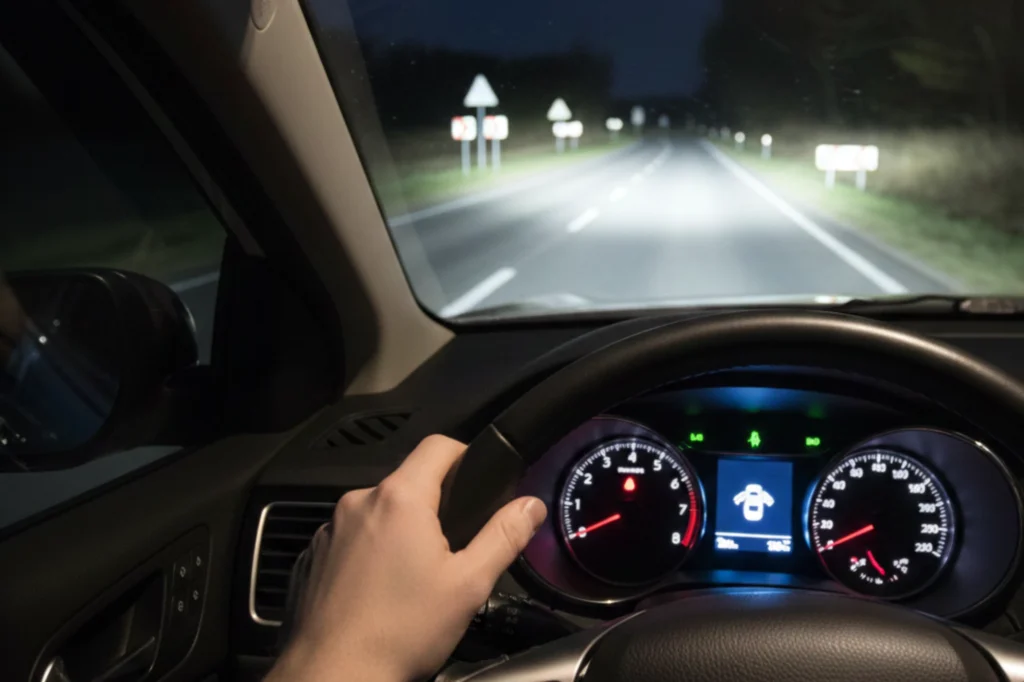
Car Lights That Communicate Your Decisions Behind the Wheel
In everyday driving, one of the most important habits is making your intentions clear. Turn signals let others know when you’re planning to turn or change lanes, and by activating them early, you give surrounding drivers enough time to adjust their speed and distance. It’s a simple action, yet it’s essential for preventing sudden maneuvers—especially on busy avenues and narrow intersections where reaction time matters most.
Brake lights play an equally important role. They alert the vehicles behind you that you’re slowing down, giving them the time they need to react. In routes with changing traffic conditions, this simple signal can make the difference between a controlled stop and a delayed response. Checking regularly that your brake lights work properly helps maintain this constant line of communication on the road.
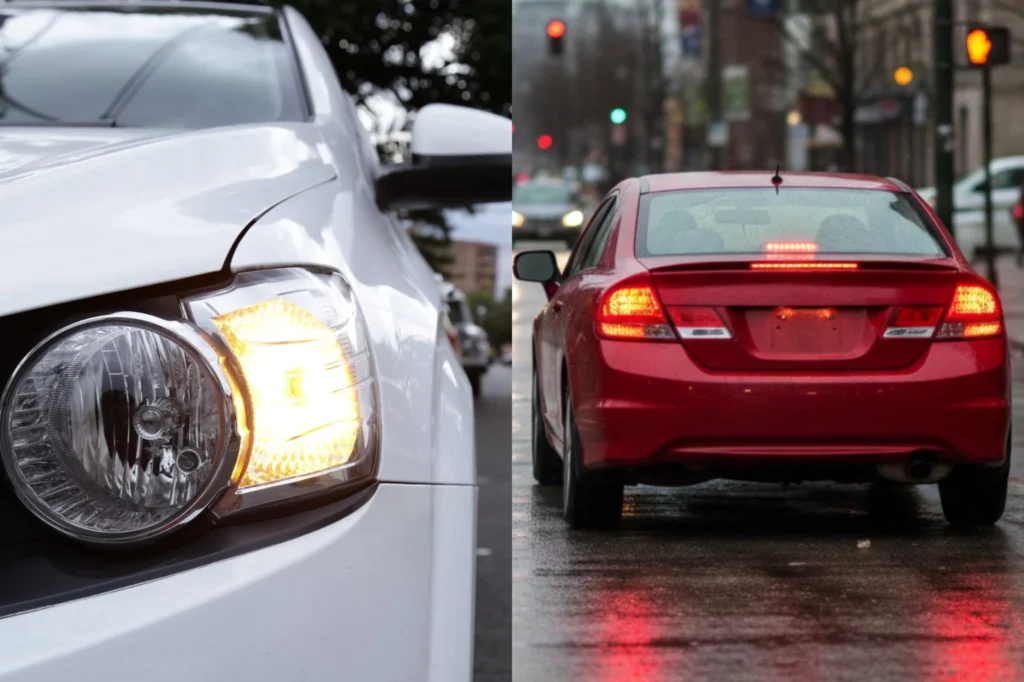
Low Beam within the Car Lighting System
While low beams have already been introduced, it is important to address them separately as a key component of the automotive lighting system. They serve as the primary lighting source for urban driving, residential zones, and moderately illuminated roads. Their beam pattern is engineered to deliver clarity without producing excessive glare. For new drivers, low beams become a dependable tool, offering an ideal balance between visibility, comfort, and control.

Car Lights That Enhance Your Rear Visibility
The reverse light also warrants separate attention. It turns on automatically when the vehicle is put in reverse and performs two essential functions: illuminating the nearby area and communicating that you are backing up. This feature is particularly useful in parking zones, on ramps, and in tight alleyways where maneuvering space is restricted.
The license plate light may be small, but it plays a crucial role in keeping your vehicle’s registration clearly visible. While it doesn’t influence driving performance, it is still a required component of the automotive lighting system and should always be properly maintained..
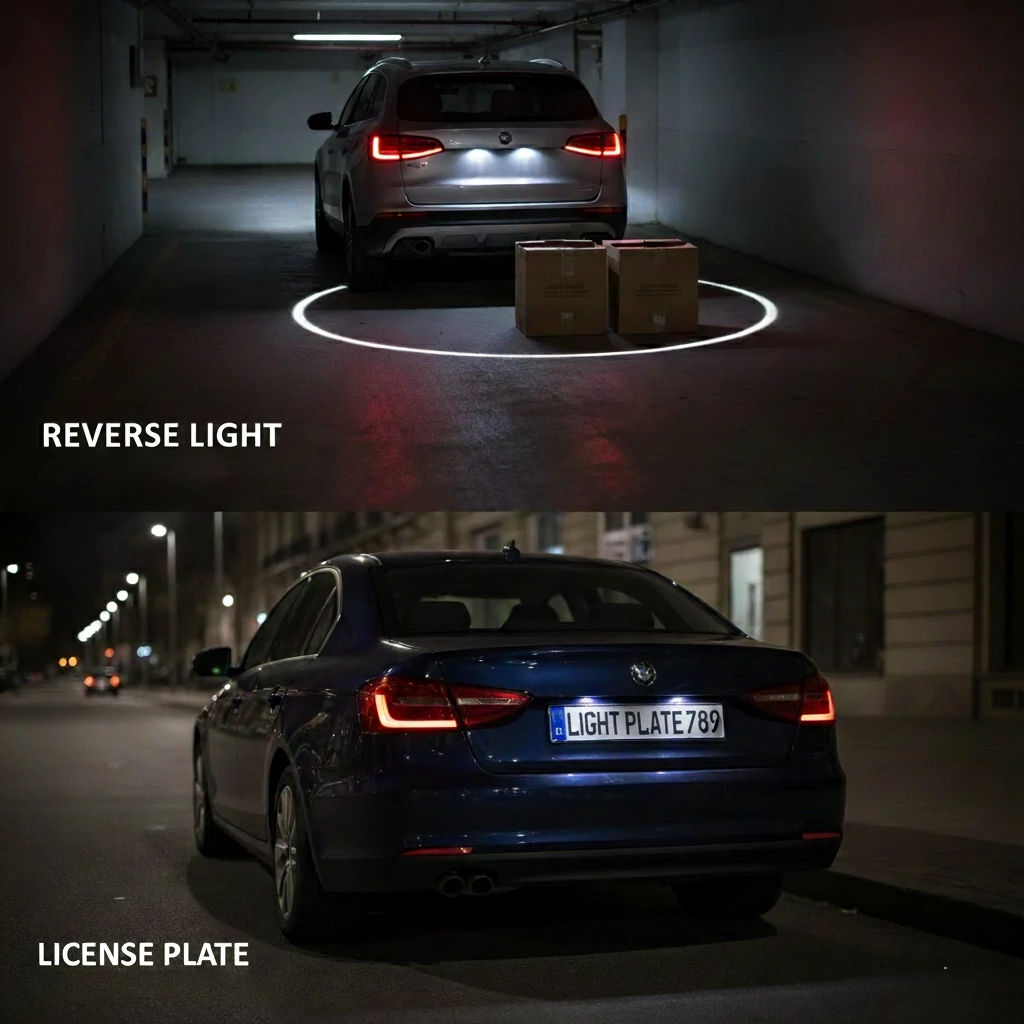
Car Lights for Low-Visibility Conditions
Fog lamps offer valuable assistance whenever visibility decreases. Conditions such as fog, intense rainfall, smoke, or dust can alter how light disperses, reducing your ability to see the road clearly. For these scenarios, fog lamps produce a broader, lower beam pattern designed to highlight the edges of the roadway while minimizing glare.
These lights are not meant for continuous use; rather, they serve a distinct role in conditions where the primary headlights fail to deliver adequate visibility.
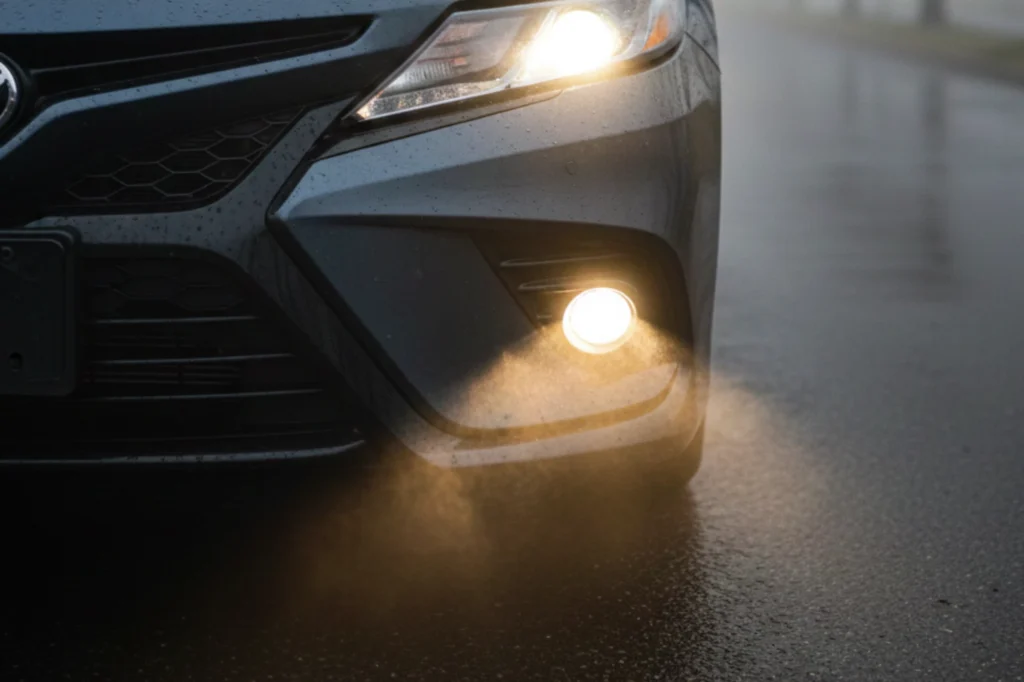
How to Inspect All Your Vehicle Lights Easily and Effectively
The vehicle’s lighting system can fail unexpectedly, so performing a brief inspection from time to time is essential to keep it in optimal shape. Turn on the low beams, alternate with the high beams, activate the turn indicators, press the brake pedal, and shift into reverse. This quick sequence allows you to verify that every light is functioning correctly.
If possible, take a moment to check the rear position lights and the license plate light as well. It takes less than a minute and greatly reduces the chances of driving around with a burnt-out bulb without even noticing.
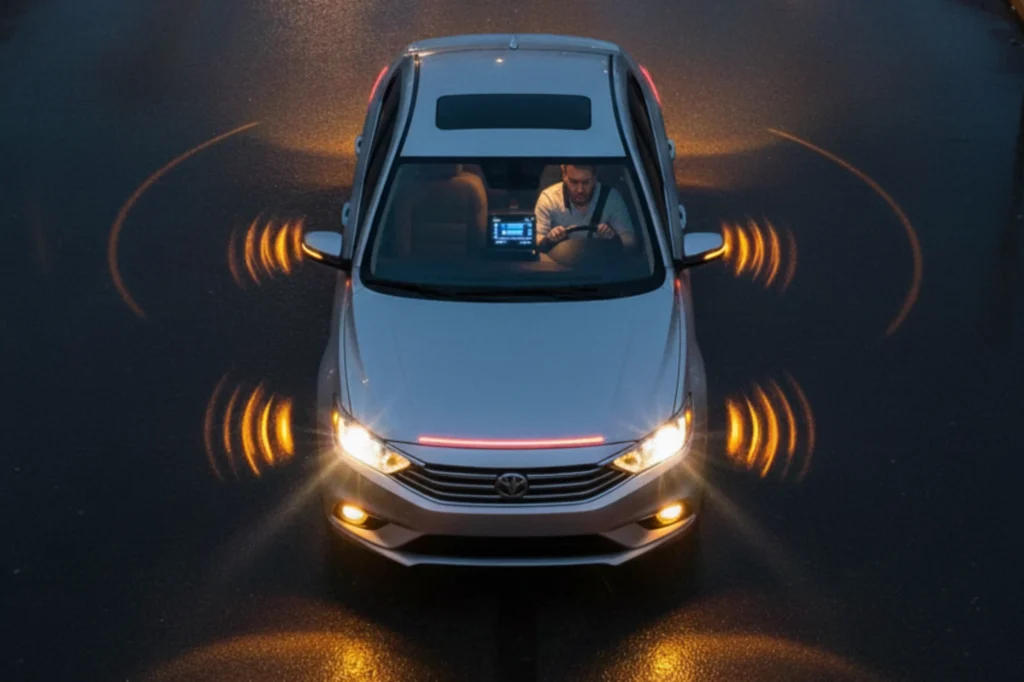
Why Mastering Your Car Lights Completely Transforms Your Driving Experience
At first, understanding every car light might feel like a long checklist, but soon it turns into an instinctive skill. That’s because your car lights enhance your visibility, signal your actions, and support faster reactions in changing road conditions. And as you learn to use them correctly, you’ll experience a new level of driving control—one that helps you anticipate upcoming turns, adapt smoothly to low-light environments, and clearly communicate your maneuvers to everyone around you.
When this aspect of driving becomes second nature, the road instantly feels more enjoyable. Because it’s not only about visibility—it’s about reading the environment, understanding what’s happening, and reacting effectively. And that’s exactly when your car lights shift from being a technical component to becoming a practical ally that guides each choice you make on the road.
Useful Content to Keep Improving Your Safety as a Driver
If you want to learn which items work best for handling roadside emergencies, you can check out a practical guide on how to build a road safety kit: essential gear every driver should carry. It’s designed to help you stay prepared during both everyday urban commutes and long-distance trips.
And if you’re interested in improving your driving your driving after dark, there’s also content dedicated to nighttime signage for safe mobility and its impact on visibility. Both resources complement what you’ve just learned about vehicle lighting and will help strengthen your safety on every trip.
